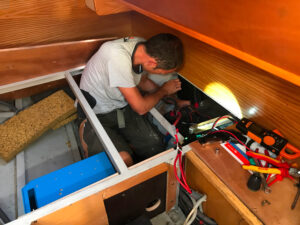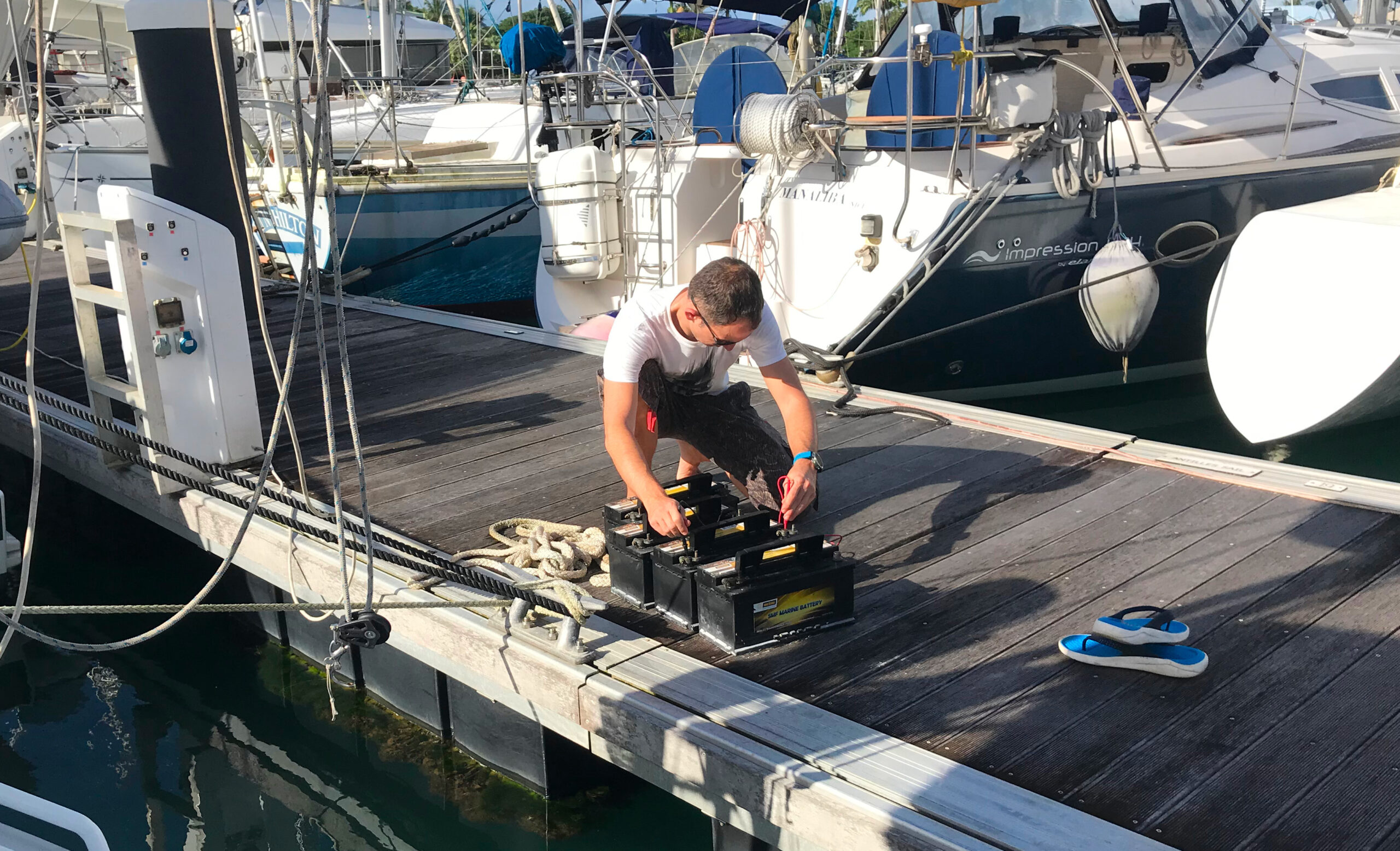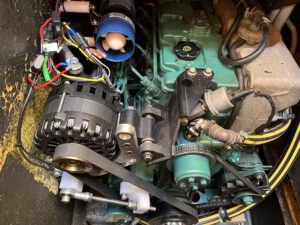Motivation to change to Lithium iron phosphate battery pack
I have been experiencing difficulties with having enough energy to run all the electrical systems on my boat overnight, especially if the fridge is using a lot of power. With my old lead-acid batteries breaking down one after the other, it seems like it might be time to consider upgrading to a new battery pack.
Lithium batteries, specifically LiFePO4 batteries, can be a great option for my boat as they offer a number of benefits over traditional lead-acid batteries:
-
More capacity in the same volume: Lithium batteries have a higher energy density, which means that they can store more energy in the same amount of space. This can be especially useful for boats where space is limited.
-
Longer lifespan: Lithium batteries have a longer lifespan than lead-acid batteries, which means that they will need to be replaced less frequently.
-
More power and capacity: With the extra power and capacity provided by lithium batteries, I will have more options for powering my electrical systems, such as switching from gas to electric cooking.
-
Minimal maintenance: LiFePO4 batteries require minimal maintenance as they do not self-discharge like traditional lead-acid batteries. This means that you don’t have to worry about them losing charge while not in use. Additionally, LiFePO4 batteries have a very low self-discharge rate, typically around 1-3% per month, compared to the 15-30% per month of lead-acid batteries, which makes them more convenient to use.

In addition to upgrading my battery system, I also plan on removing the gas stove on my boat and transitioning to electric cooking, similar to what I have at home. This is made possible by the increased power and capacity provided by LiFePO4 batteries, which will allow me to run electric cooking appliances without straining the electrical system. However, to accommodate this change, I will need to scale the overall system accordingly to ensure that there is enough power to meet the increased demand. This may include upgrading the inverter and charger, and adjusting the charging and management systems accordingly.
How to recognize that your lead-acid batteries are not good any more
Lead-acid batteries can experience a variety of problems as they age and break down. Here are some signs I look out for that may indicate that my lead-acid battery is breaking down:
- Reduced capacity: Lead-acid batteries have a high self-discharge rate, which means they will lose charge over time when not in use. This could lead to reduced capacity of the batteries if they are not used regularly. The battery may not be able to hold a charge as well as it used to, and may not be able to power devices for as long.
- Voltage drop: The voltage of the battery may drop rapidly when in use, indicating that the battery is not able to deliver power as effectively as it used to.
- Short battery life: The battery may not last as long between charges or may require more frequent charging.
- If the lead-acid batteries are getting hot (over 50°C in my experience) during charging, it indicates that they broke down. This can happen suddenly.

I hope that my thoughts and experiences can be of help to anyone who is also thinking about upgrading their batteries on their boat and considering switching to lithium batteries (LiFePO4).
In my next post, I will write about what I believe are important factors to consider when building a system with lithium batteries.
also T-shirts for adventurer on the road at Le Coeur Vert Boutique







